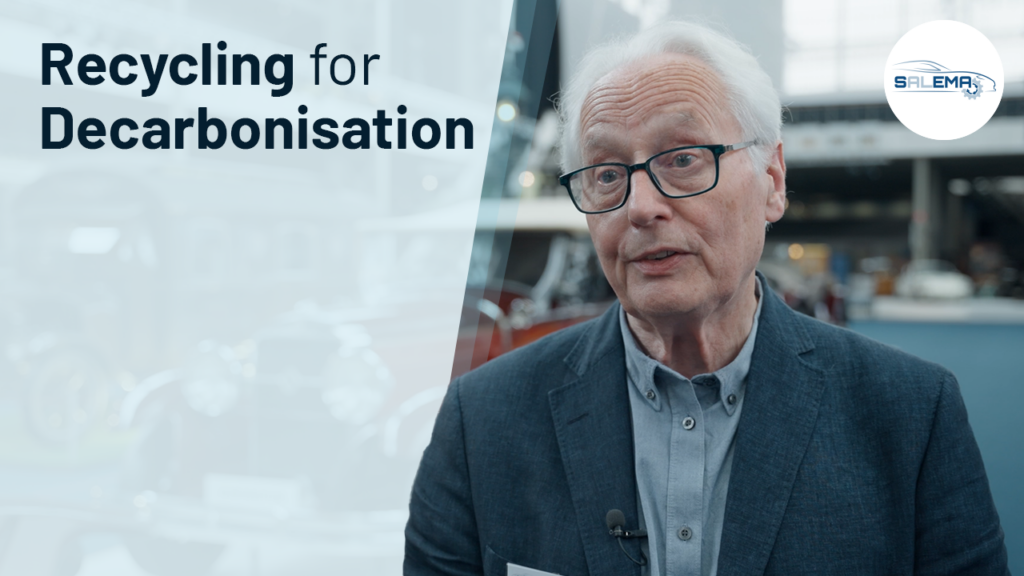
Short interview: Geoff Scamans, Innoval Technology
Professor Geoff Scamans of Brunel University is Chief Scientific Officer with Innoval Technology. A metallurgist with aluminium surface and lightweighting expertise from 40+ years in aluminium alloy science and technology, metallurgy of scrap recycling, environmentally friendly surface treatment, and low cost aluminium automotive sheet for the mass production of lightweight low carbon emission vehicles.
He chaired our final event session on ‘aluminium recycling: enhancing quality for a sustainable future’ in Brussels on 21 March. So we took the opportunitity to ask him a few questions.
What SALEMA results excite you most?
The new technologies they’ve looked at, in terms of how you sort scrap.
Why is that exciting – what’s the challenge?
Getting hold of the scrap and working out how you refine the scrap, or how you sort the scrap to get the materials you want from the scrap stream, then how you process that back into the product forms and the components that you want to use, that are lighter than the steel equivalents, but also have all the same performance requirements, or satisfy all the same performance requirements that everyone expects from a vehicle.
How are lighter-weight cars and aluminium recycling connected?
The route to decarbonising materials in cars and the route to making lighter weight car bodies is the same thing. You go to aluminium but you ignore primary aluminium, you make it out of recycled aluminium. When you do that you have a combination which is pretty well unbeatable.
See the quickfire interview
See Geoff in the SALEMA final event
How has SALEMA helped improve future aluminium recycling?
The things that have come out of the University of Liège on how you actually analyse the scrap coming in, and how you then send that message to the robot pickers, is a big step change and, if it can be demonstrated that, using this process, you can sort scrap at rates of 100 tonnes per hour, if that’spossible, that will be a big breakthrough.
How should future developments best build on SALEMA’s results?
Keeping cars on the road for as long as possible is important. And then making sure that if there are any components that can come off those cars they can be re-used or re-manufactured. And then you shouldn’t really be putting cars through shredders. You should be actually, just as automotive companies have assembly lines, they should also have disassembly lines. So the whole model of how cars are and how they’re owned just has to change to fit in with a far more circular model.